Ten years after his cancer diagnosis, Salvatore Iaconesi ’s heart stopped beating. One heart: the physical, blood, muscular one, the organ on which human life depends in its limitation and grandeur. We are all left with Salvatore’s other heart, his greatest project, his legacy to the world: The Cure.
Salvatore Iaconesi was born in 1973 in Livorno, Italy, and in his early twenties he immersed himself in skate and rave culture in the midst of the turmoil of the 1990s; he soon realized that Italy was a tight fit for him and began traveling abroad, finding work in the Czech Republic, Brazil, Malaysia, and Ireland. Back in his homeland, he takes the path of teaching both in Florence, as Professor of Digital Design at ISIA, and in Rome, where for several years he is professor of Architecture and researcher at Sapienza University. He reached his greatest exploratory power in the field of technology, establishing himself as a NET-Artist and one of the most influential voices of Italian New Media Art, so much so that he was awarded the authoritative TED and Eisenhower Fellow appointments.
Throughout his career Salvatore Iaconesi has made important contributions in different fields and specializations, qualifying as an interaction designer, robotic engineer, hacker, philosopher of science and technology, and artist. With his projects straddling technological innovation and performance, conceived and realized together with his life and work partner Oriana Persico, with whom he had founded the duo AOS-Art Is Open Source, he has often challenged the limits of the virtual and artificial intelligence to open new avenues of research in the fields of science and technology, rethought as new media to stimulate human beings in the development of a new, more open and collective sensibility.
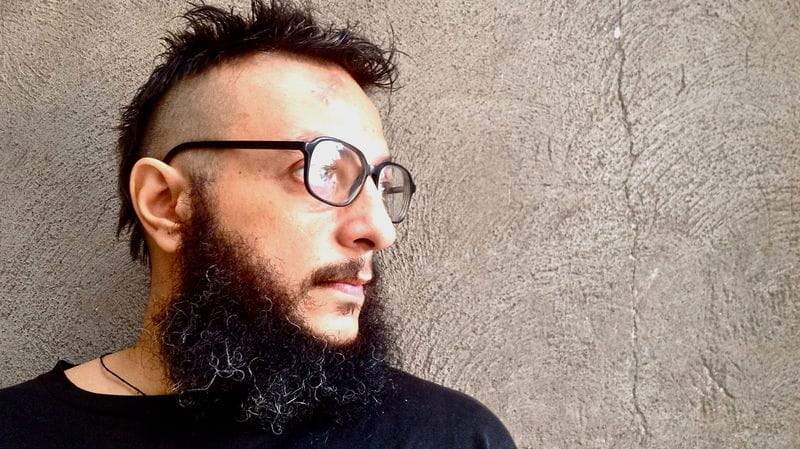
A sensibility, however, that is still very precarious: for Iaconesi, in fact, today science still follows a one-way model that extracts from the environment, social behaviors and relationships, the body and human psychology; and so the only way to “avoid being cannibalized” by this phenomenon is to include a third element in the equation: art. Only in this way, according to the artist, is it possible to reintroduce sensitivity, the senses, and the sensitive into the model and radically transform it, laying the groundwork for a future in which technologies act for human safety and well-being and environmental protection, and not vice versa.
From these premises comes the work Objective-Datapoiesis (2019), a light installation that draws energy from data collected from official sources on world poverty, that is, on people living on an income below the $500 a year threshold. The work, composed of acrylic sheets pervaded by red LEDs that flicker on, depicts a three-dimensional human figure curled up on its side, in a position reminiscent of a homeless person asleep on a bench. The light and intensity of the LEDs vary according to the number of people moving in and out of poverty, with an effect that visually evokes the rhythm of a heartbeat. The sculpture will turn off only when the data is reduced to zero, that is, when global poverty is defeated. The work, on display in the Farnesina Collection from 2019, can be considered the first datapoietic object , a term derived from Datapoiesis, a neologism coined by Iaconesi and Persico themselves that describes the phenomenon whereby scientific, technological and information technology progress makes it possible to study and understand more and more deeply the mechanisms, changes and progress of human life by means of algorithms, artificial intelligence, computation and data analysis and collection. In essence, a new field of social-anthropological research based on the effects of data transmission and sharing.
Through the Datapoietic object , Iaconesi has brought global attention to some major phenomena of our time: climate change, migration flows, health and body mechanisms,identity, and privacy. Iaconesi’s projects also often touch on the terrain ofethics, since the artist was deeply fascinated by the ambiguity of technology in its being at once a means of progress, a vehicle of communication, an instrument of salvation, and a weapon that if used improperly can negatively affect individual human lives as much as the freedom and rights of an entire society.
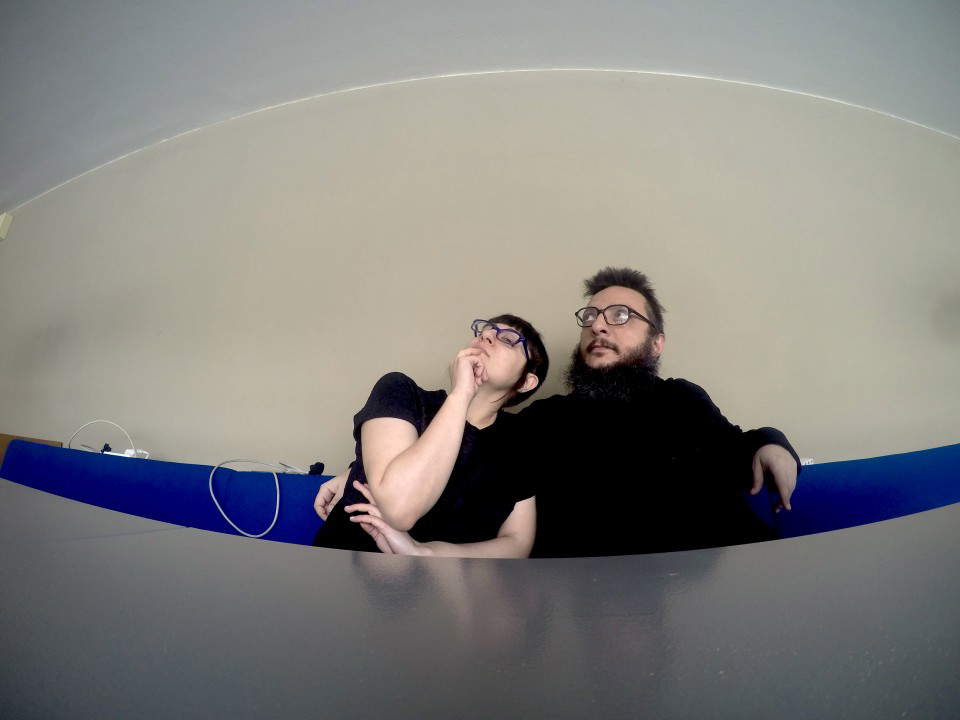
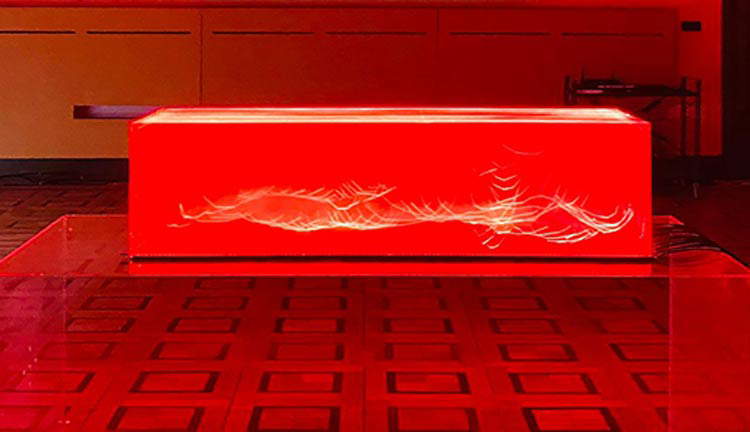

With regard to these issues, the HER-She Loves Data project (2013), a cultural research center dealing with the psychological and social implications of data and computation, plays an important role. It is accompanied by other notable projects carried out by Iaconesi and Persico during the 2000s, including Talker software (2016) based on anopen source artificial intelligence that reprocesses words and phrases entered by users to generate novel linguistic formulas, and especially Art Is Open Source (2004), a global network of artists, designers, architects, anthropologists, researchers and scientists united in the creation of projects and works aimed at studying and understanding the transformation of current and future human societies through the use of ubiquitous technologies.
The duo has also always been very active on the ecological and environmental front: good examples are Wisteria Furibonda (2021) and U-DATInos (2021). The first is an artwork that simulates a philìa relationship between an artificial intelligence and a plant organism: Antithesis, that’s the name of the AI, monitors the impact of climate on plant health and transmits the data to the scientific community, flagging the most innovative and ecologically responsible companies online. The second project, whose name derives from the Latin Udatinos (aquatic), stands as a participatory art action involving sixteen Water Keepers, operators selected to collect data on the health of the waters of the Oreto River in Palermo; these data feed a meditative installation that gives voice to the river waters of Palermo.
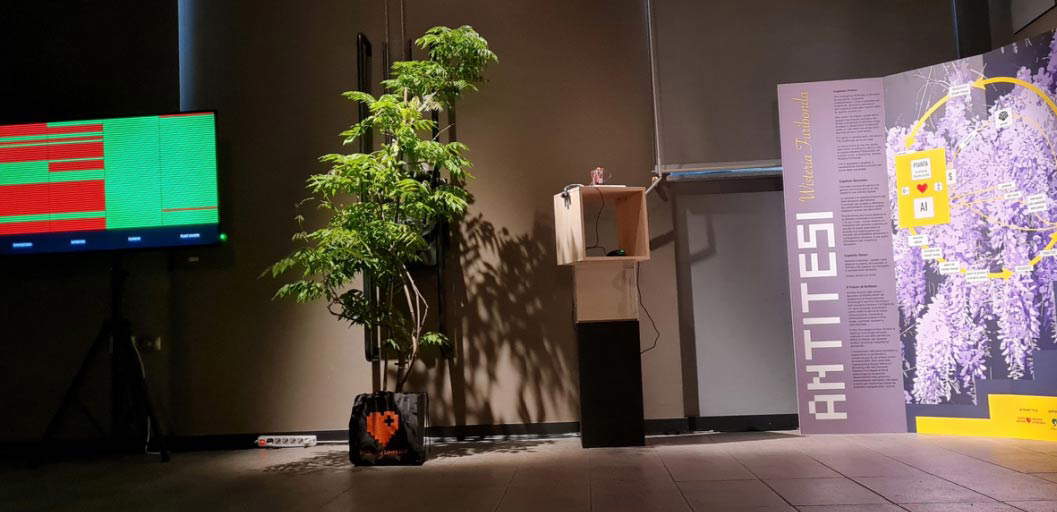
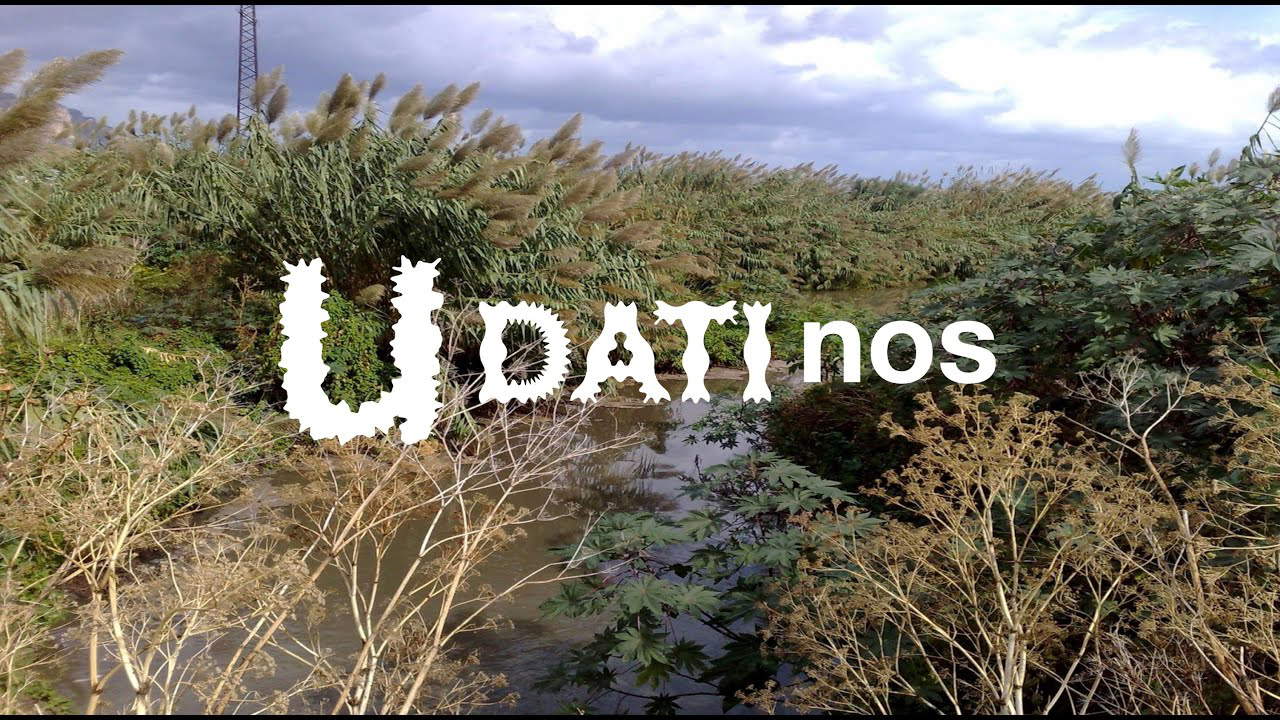

But it is undoubtedly La Cura the greatest legacy that Salvatore Iaconesi has left us. It was a project born in 2012, when the artist learned that he had a brain tumor in the Broca area, the area responsible forprocessing thought into language. The Cure began with a seemingly simple action: Salvatore uploaded online (after cracking the hospital software) his own medical record, containing details of his diagnosis, medical reports and all the information about his illness, so that anyone could access the content and know his health status. Little innovation, considering how the act of disclosing details of one’s private life online has become a widespread practice in the digital age, even more stimulated by the social networking trend.
The idea behind The Cure , however, does not limit itself to this, but goes further: focusing on themes such as identity, the body, health and accessibility to care, and the open source movement, the project takes on the characters of a global performance that reinterprets illness and converts it into an artistic, poetic and philosophical process. A kind of participatory therapy pathway through which the patient can try to master his or her malaise by reappropriating the body, the identity of belonging, and finding in the empathy of a large community the motivation to cope with pain. No less important, the aspect of comparison and professional support: the project launched by Salvatore also aimed to develop a virtual network of doctors, researchers and health professionals who would give life to a debate with opinions and advice on possible treatments and therapies to follow, and who today, thanks to the boundless community that has arisen around La Cura, can continue to contribute, supporting and helping many other people after him. A movement of hope, then, and no small legacy.
Warning: the translation into English of the original Italian article was created using automatic tools. We undertake to review all articles, but we do not guarantee the total absence of inaccuracies in the translation due to the program. You can find the original by clicking on the ITA button. If you find any mistake,please contact us.